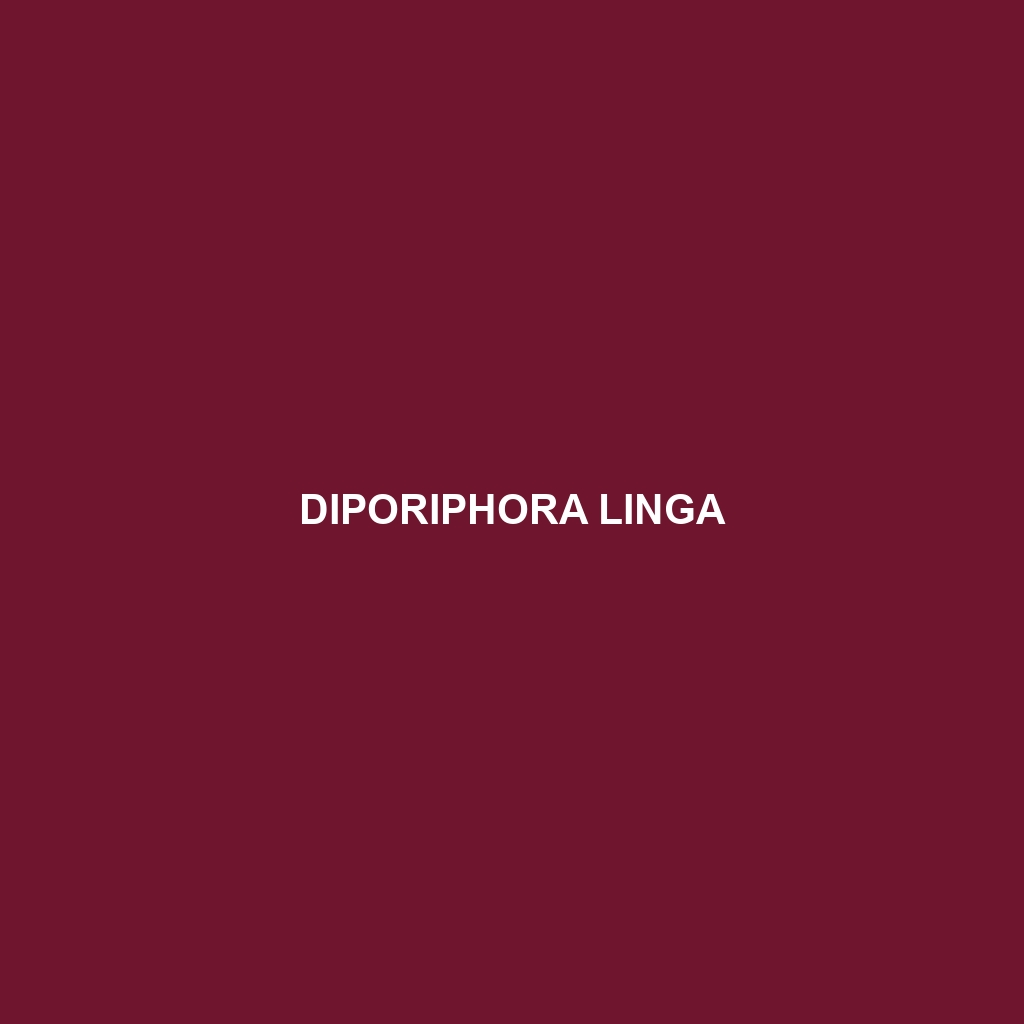Diporiphora linga
Common Name: Diporiphora linga
Scientific Name: Diporiphora linga
Habitat
The Diporiphora linga, commonly known as the Linga Dragon Lizard, is primarily found in the arid and semi-arid regions of eastern Australia. Its habitat typically includes dry, open woodlands and grasslands, where it thrives in sandy or rocky substratum. The species is often spotted basking on rocks or open ground, making it well-adapted to its environment.
Physical Characteristics
Measuring approximately 15 to 25 cm in length, the Diporiphora linga exhibits a slender body with a long tail that can be twice its body size. The coloration varies from brown to gray, often with distinctive patterns that provide camouflage against the foliage. Notably, they feature a flattened body and a broad head, along with a series of spiny scales along their back, which can aid in defense against predators.
Behavior
The Linga Dragon Lizard is diurnal, meaning it is active during the day. These lizards are known for their ground-dwelling nature and can often be seen foraging for insects and other small invertebrates. They exhibit territorial behaviors, actively defending their space from intruders. During mating season, males may perform elaborate displays, showcasing their vibrant throat colors to attract females.
Diet
The diet of Diporiphora linga consists mainly of small insects, including ants, beetles, and grasshoppers. As insectivores, they rely on agility and keen eyesight to hunt for food, often employing a quick burst of speed to capture their prey. This feeding habit plays a significant role in controlling insect populations within their habitat.
Reproduction
Breeding for the Linga Dragon Lizard typically occurs in the warmer months, from late spring to early summer. Females are known to lay clutches of 2 to 6 eggs, which they bury in sandy soil to incubate. The young lizards hatch after several weeks and are immediately independent, displaying strong survival instincts from a young age.
Conservation Status
The current conservation status of Diporiphora linga is classified as “Least Concern” by the International Union for Conservation of Nature (IUCN). However, habitat loss and climate change pose threats that could impact their populations in the future, making ongoing monitoring essential.
Interesting Facts
One fascinating characteristic of the Linga Dragon Lizard is its ability to regulate body temperature by basking in sunlight during cooler mornings. Additionally, these lizards can drop their tails when threatened by predators, a survival mechanism known as autotomy, allowing them to escape while their tail distracts the enemy.
Role in Ecosystem
The Diporiphora linga plays a crucial role in its ecosystem by acting as both predator and prey. As an insect-eating lizard, it helps maintain the balance of insect populations, while also serving as a food source for larger predators such as birds of prey and snakes. This dynamic emphasizes the importance of maintaining biodiversity in their native habitats.
